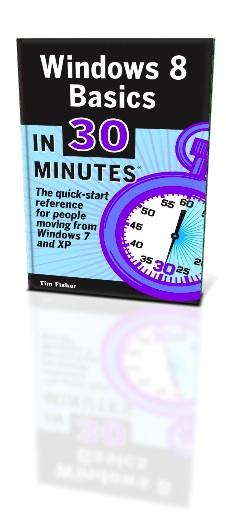It’s too early to tell the health impact of coronavirus/COVID-19, but the economic impact has already devastated countless small businesses and the people they employ. The book industry, already in decline, as been hammered by the closure of bookstores (including the venerable Powell’s in Portland) and libraries, as well as Amazon’s announcement to restrict shipments of non-essential items. The pain will get worse as layoffs spread throughout the economy and a recession takes hold. I own and operate a small publishing business, and here’s some advice I have for my fellow indie publishers.
Health and safety
One of the first things business owners need to do is make sure their own workers are safe, as well as the suppliers and contractors they interact with.
Review working arrangements and protocols to make sure that potential points of contact are reduced to reduce the chance of coronavirus infection and shipments can be safely handled. For instance, normally I deal face-to-face with one of my suppliers for payments and receiving shipments. Starting this week, we’ve switched to online payments and I have them leave boxes on the loading dock for me to pick up myself (see image, below). I use disinfectant to wipe down boxes and packages before bringing them inside.

Also try to help with people’s emotional health. People are isolated and need more human contact, even if it’s just a voice on the phone. For colleagues and partners, give them a call instead of sending an email, text, or Slack message. Set up a pleasant home office — a small investment in a small desk, a comfortable office chair, an external monitor, and even a plant can make a difference.
Preparing for recession
 The pandemic struck just as I was preparing to launch our latest book, the second edition of Angela Rose’s PowerPoint Basics In 30 Minutes. I normally have a press release, reviews, and a social media campaigns to accompany the launch, but for this book I didn’t bother. It’s hard to get excited about live presentation software when events have been cancelled and people are sheltering at home.
The pandemic struck just as I was preparing to launch our latest book, the second edition of Angela Rose’s PowerPoint Basics In 30 Minutes. I normally have a press release, reviews, and a social media campaigns to accompany the launch, but for this book I didn’t bother. It’s hard to get excited about live presentation software when events have been cancelled and people are sheltering at home.
I’ve taken a number of steps in the past week to prepare for a prolonged recession. I started by reviewing last year’s P&L to get a better understanding of costs, expenses, and revenue this year. When I met with my accountant about a month ago, before the COVID-19 pandemic, I thought a 15% increase in revenue was likely. Now I am planning for at least a 30% decrease [UPDATE – I was wrong. People stayed home and read more books and used our genealogy forms!] based on preliminary sales data from Amazon as well as news that libraries and bookstores are closing and won’t reopen for some time. I am assuming revenue related to events and consulting will drop by more than half in 2020.
There will need to be some cuts. Payroll is frozen for myself and my single employee, and I have told some of my suppliers that orders will be smaller or more spread out for the next 3-6 months. I have also taken steps to reduce advertising and promotional expenses. For instance, I went into Amazon Advertising and immediately cut the daily budgets and bid levels for several campaigns.
Advertising budgets during a coronavirus recession
However, I am not shutting down campaigns completely. There are still people out there searching for books, and advertising can help give my titles more visibility. Moreover, as other publishers including large New York publishing houses pull back their own marketing budgets, I predict bid levels on auction-based advertising platforms like Amazon Advertising, Google Ads, and Facebook Advertising will drop sharply. This will make certain types of campaigns more cost effective and better able to generate a return on investment.
There are other opportunities. I have several publishing brands, and one of them, IN 30 MINUTES guides, has lots of titles related to software, including Google Drive & Docs In 30 Minutes and cheat sheets for Microsoft Office. The crisis has made it clear that technology is needed more than ever to manage remote work, distance learning, and personal collaboration, and these guides and references help meet that need. I have launched several new online advertising campaigns targeting people who may find themselves working from home and need to quickly get up to speed with G Suite, Microsoft Office, and Dropbox.
Other people will be looking to escape the depressing news cycle about disease and layoffs. This could be an opportunity for fiction publishers.
These changes are not the final word on 2020 planning. But I hope these steps will help my business weather the storm over the next few months.
2022 Update: Two years into the pandemic, we are learning to work in vastly different business conditions. My spouse left her job at a hospital to work with me full time to handle increased demand. My son even worked with us the first summer of COVID (2020) and last summer did a socially distanced Eagle Scout community project during the pandemic).


